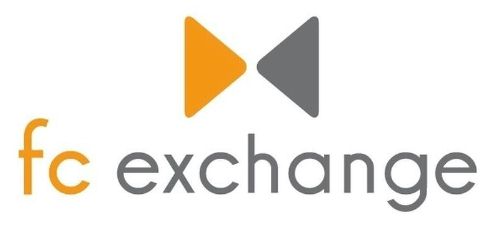GB POUND
The pound started the week trading at 1.1729 against the Euro (GBP/EUR) and 1.2339 against the US Dollar (GBP/USD).
Official figures released on Tuesday showed the UK’s manufacturing purchasing managers’ index (PMI) rose to a two-year high, which allowed the pound to rally against the euro hitting its highest level in two weeks at 1.1810.
Meanwhile, Britain and Ireland have set up a new trade network to offset the impact of ‘Brexit’. The British Irish Chamber of Commerce (BICC) has launched the British Irish Gateway for Trade (BIG) service, which is designed to connect British and Irish firms.
Britain is Ireland’s largest trading partner and business between the two countries generate around €60bn and supports 400,000 jobs.
BICC chairman John McGrane said ‘At a time when businesses are preparing for Brexit, they appreciate a resource like BIG which helps them to grow their business by being introduced to more customers and suppliers across the UK and Ireland.’
EURO
After losing ground iat the start of the week, the euro managed to gain momentum due to the German consumer price index (CPI) which more than doubled in December. Inflation in Germany rose from 0.8% to 1.7%, the highest levels for three years and a massive step towards the European Central Bank’s (ECB’s) overall inflation target of 2%.
Germany is the engine room of the EU and brings a large portion of its gross domestic product (GDP) growth to the table; however, there is a lot of political uncertainty in the rest of the Eurozone which could hold back any major gains for the single currency.
Eurozone inflation is also moving towards the ECB’s target rate of 2.0%. Official figures released on Tuesday showed that CPI increased from 0.6% in November, to 1.1% in December. An increase in energy prices is thought to be the key driver behind the jump in inflation as they’ve been boosted by the Organisation of Petroleum Exporting Countries (OPEC’s) decision to cut production which lifted energy values by 2.5% year-on-year in December.
US DOLLAR
The US dollar started the New Year in the same fashion it ended 2016—making gains against sterling and the euro. The upward trend continued as the US manufacturing PMI increased to a 21-month high in December at 54.3. Construction spending also posted positively and ISM manufacturing data came in above expectations at 54.7.
Elsewhere
In Australia the AIG services index for December came in massively above the forecast at 57.7, from the previous month’s 51.1. Any figure above 50.0 denotes growth and the higher the number, the faster the expansion. This is the highest result for the services sector since 2007 and pushed the Australian dollar up against all of its peers.

